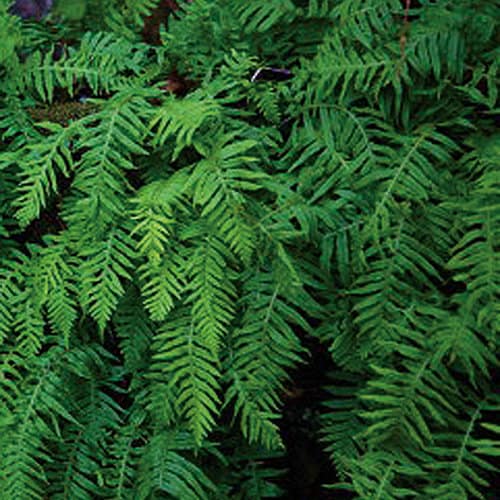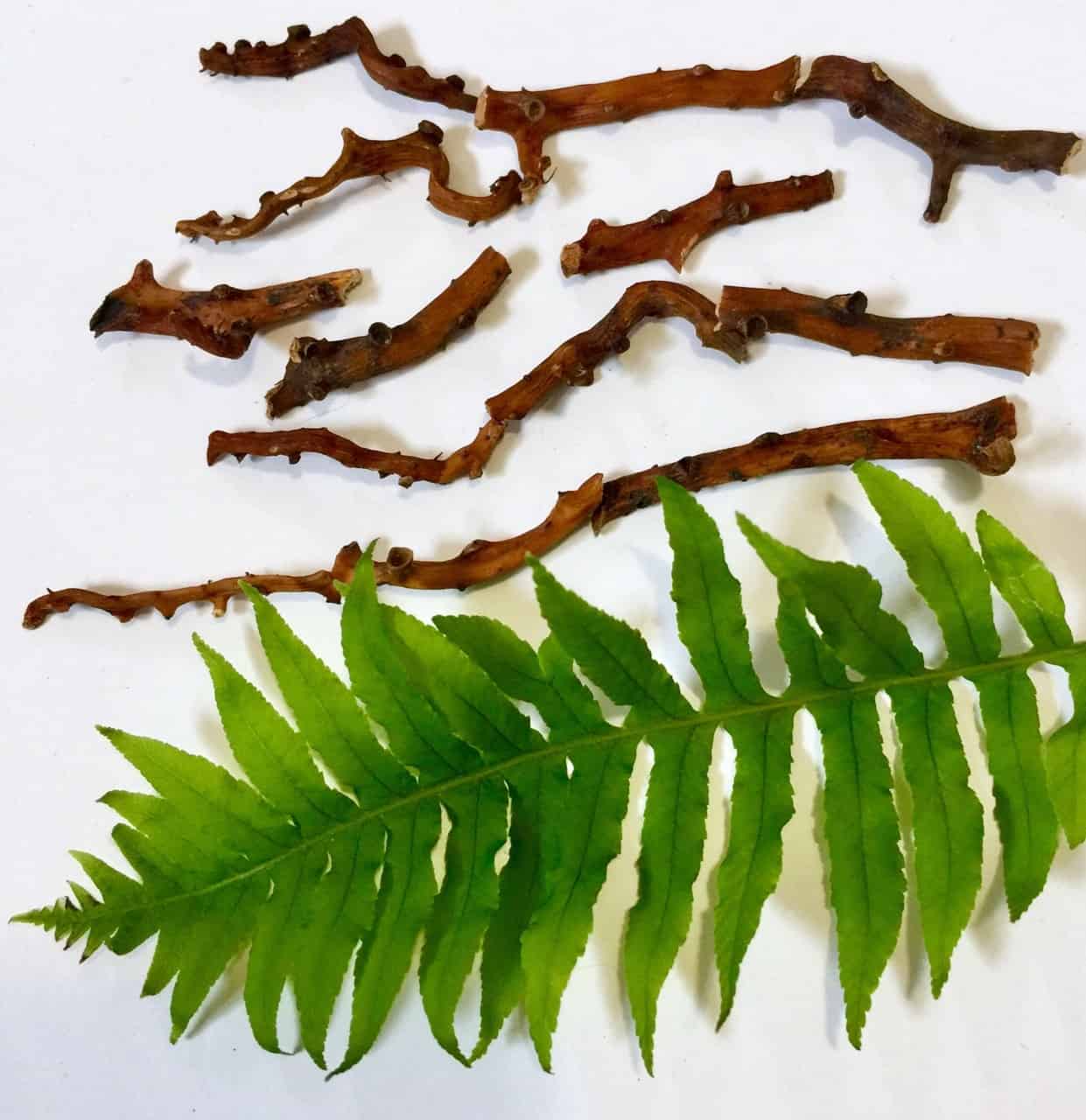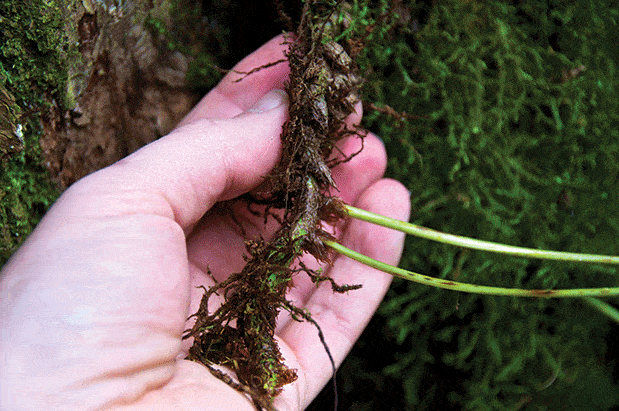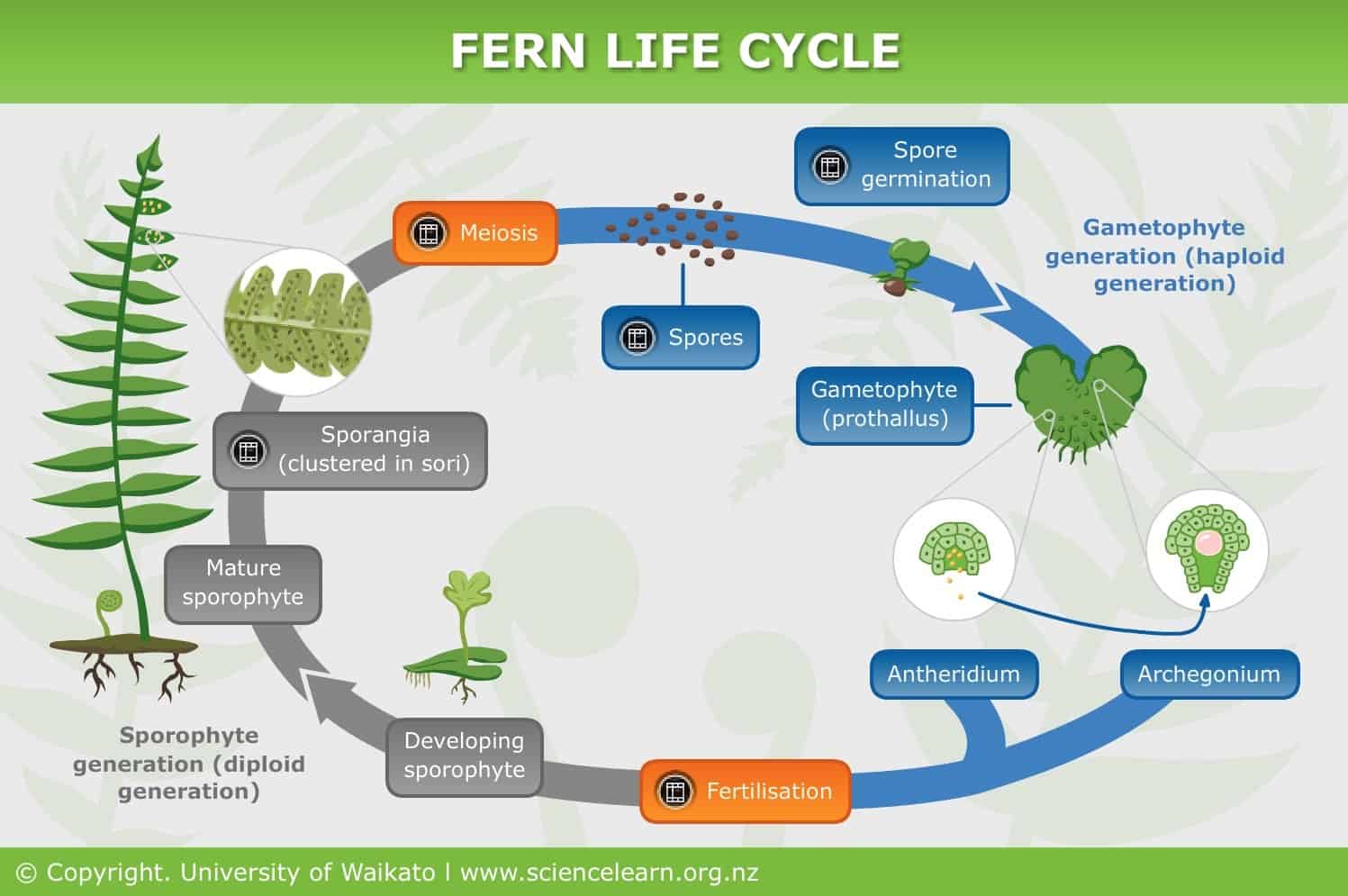
Sweet Treat: Licorice Ferns in the North Cascades
It was a cold, rainy day and I was hiking up to North Cascade Institute’s iconic hike: the Sourdough Waterfall. I was shadowing my first Mountain School trail group. We had attempted to see the waterfall but there was too much water in the stream, and we could not safely head out into the stream to see the falls.
The students were disappointed but they were troopers. On our hike down the lead instructor stopped the group along a rock face. She pulled a piece of root off of a mysterious fern and started cleaning it off by wiping the mud and peeling off the outer layer. She then asked to us to use our senses and in this particular instance, we were allowed to taste it. With a wet hand she passed out pieces of this root to the students. Some of the students grabbed a piece, others were not interested. Not to be upstaged by a 5th grader, I grabbed a piece of my own and inspected the root. It was the length of my fingernail and the width of a straw. Upon further inspection I could see the root was white with some dirt smudged along the outsides of it. In my hand I could feel a cold, wet, and slippery object. With a quick sniff, all I could smell was the rain and dirt. So far I had no name for this fern.

I guess this was the moment of truth: time for the taste test. I popped it in my mouth and bit down feeling the grit of the dirt between my teeth. A sweet flavor exploded in my mouth. There was something distinctive about the flavor that I was struggling to place. I knew I had tasted this flavor before but I was not sure where. The instructor asked us to come up with their own names for the fern. The best suggested names for the fern that our trail group came up with were jelly bean plant, disgusting plant, and the Twizzler Tree! The instructor informed us that this was Polypodium glycyrrhiza or Licorice Fern.

Licorice ferns produce glucose in their rhizomes which creates a sweet, licorice flavor. This glucose allows the fern to stay green throughout the winter and protect the plant from the cold. It can grow on vertical surfaces such as rock faces, logs, or maple trees. In order to survive on these vertical surfaces, Licorice ferns need sufficient moss coverage to protect the rhizomes and root system.

This experiment that we participated in opened my eyes to ferns in a new light. Before going on this hike, I never took much notice to ferns. They were just another green leafy plant in the woods. After this experience I started seeing ferns everywhere! Watching the student’s eyes light up after foraging for their own tasty treat in the woods inspired me to learn more about the ferns in the North Cascades.
I learned that they are some of the oldest evolutionary plants in the world. The first fern fossil was found from the Devonian period, roughly 360 million years ago! On your next hike, take time to appreciate all the ferns around you!
This post was researched and written by Dianna Green for the Northwest Natural History course as part of the Institute’s Graduate M.Ed. program. North
Cascades Institute has not extensively fact-checked the information contained herein and recommends researching other sources of information to enhance one’s understanding of the topic.

